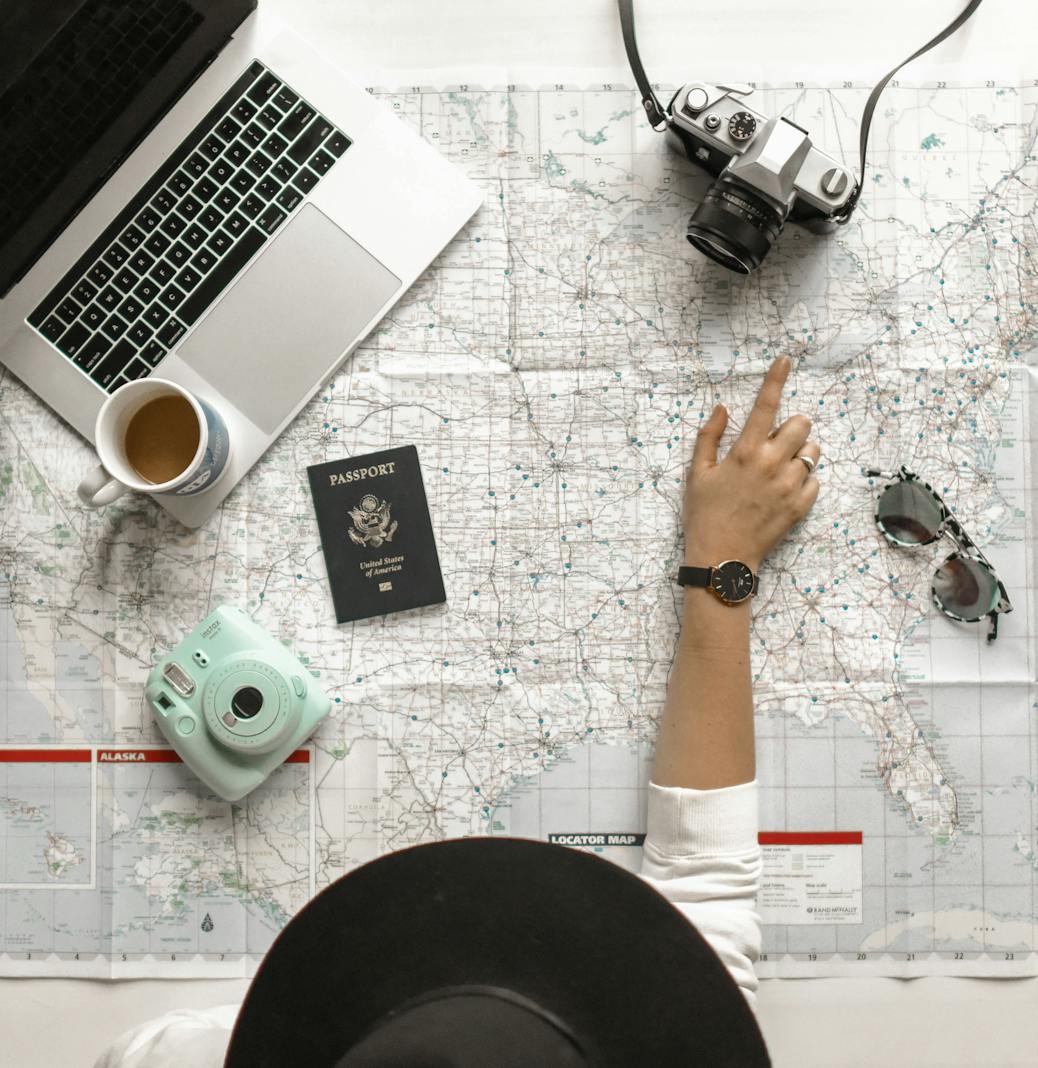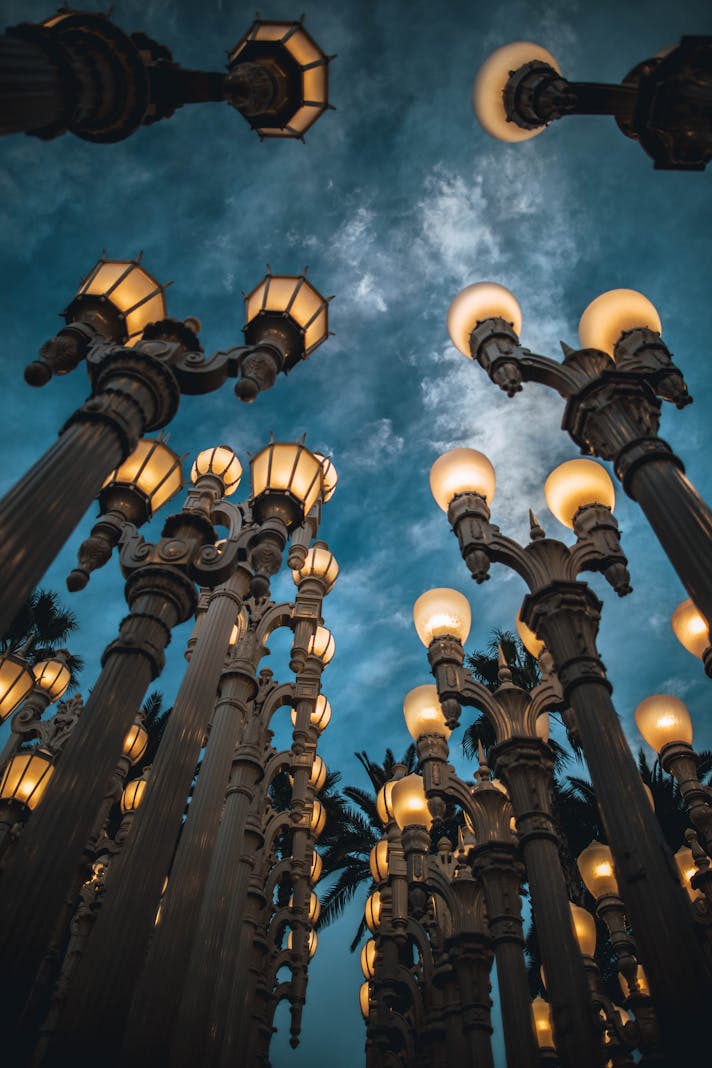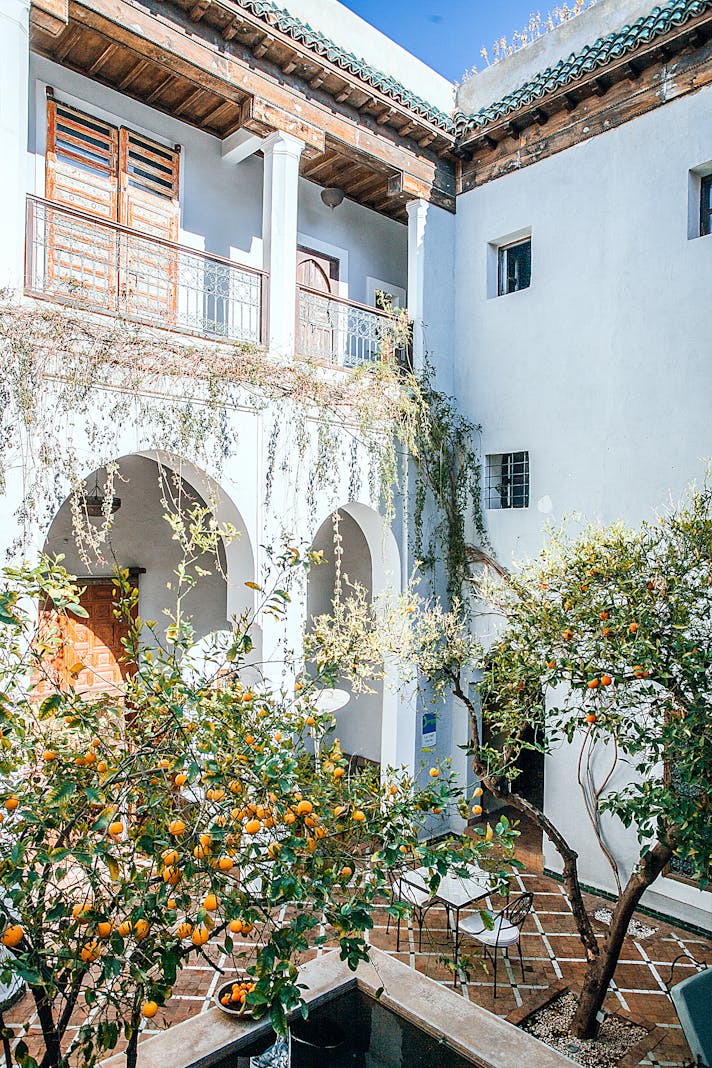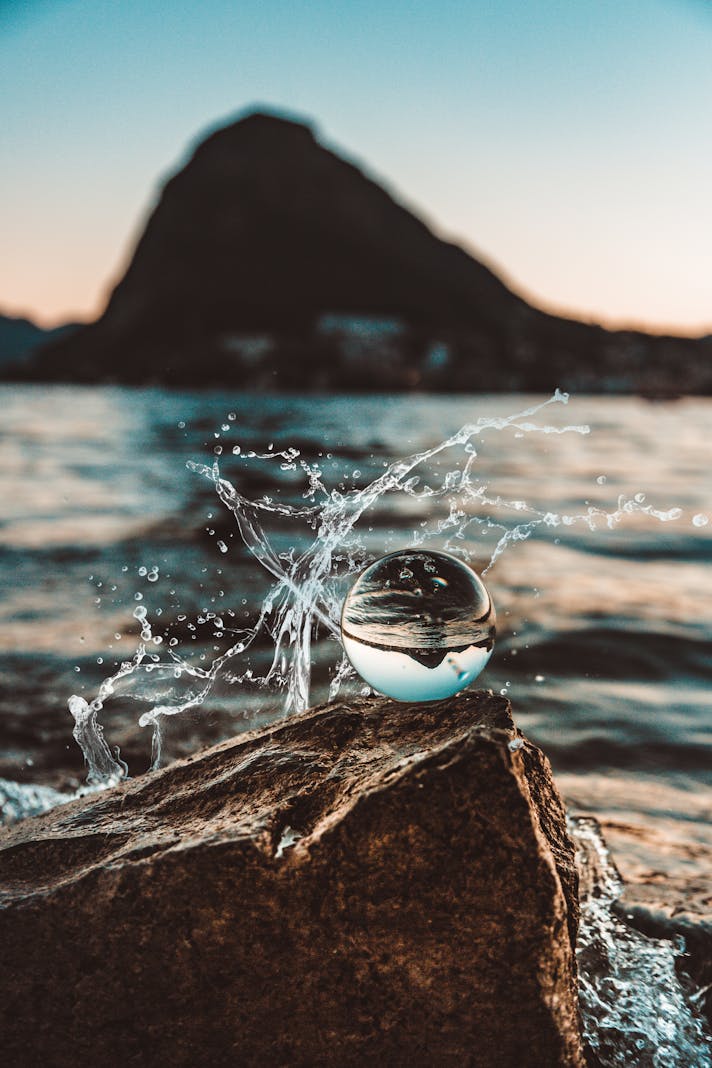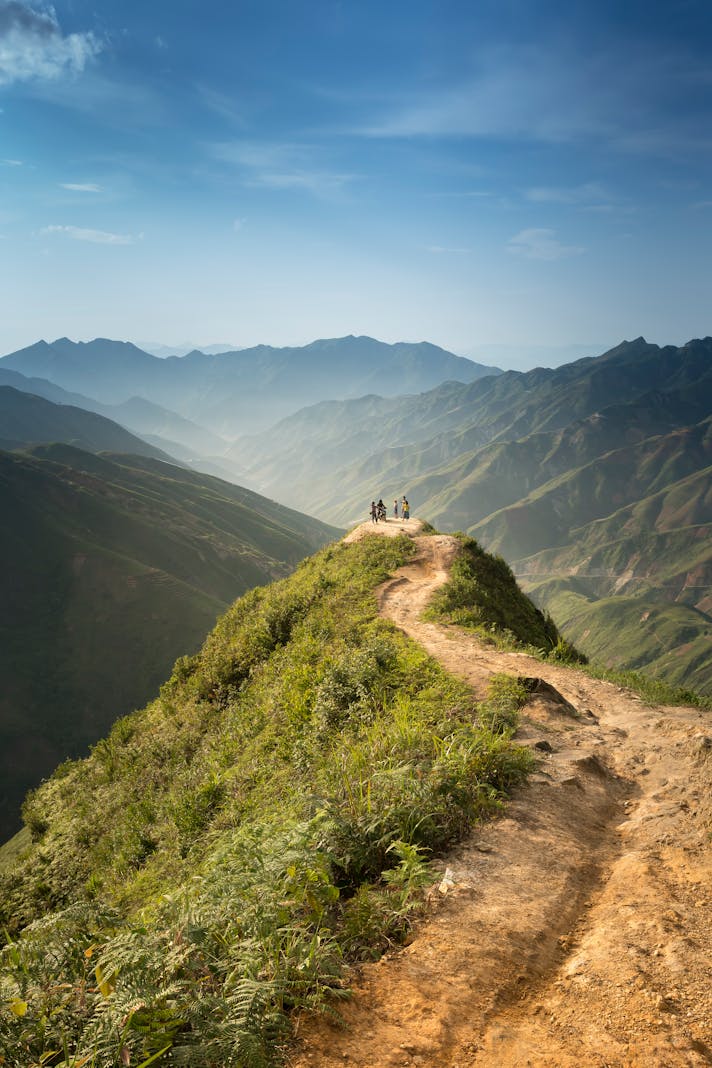Paddling Newport Beach

There are two kinds of beach people: those who like to lie on the beach sipping from a drink with an umbrella, and those who like to get active. The latter will enjoy the Newport Beach area, particularly if they have ever rowed a kayak or a stand-up paddleboard (SUP). Although there is no sand or surf involved, the sights, sounds, and scents combine to make this an gratifying way to spend an afternoon.
Roughly forty minutes south of Long Beach, the Newport area boasts a complex bay area protected from the ocean’s disturbances. The Balboa peninsula stretches east-southeast, protecting Balboa and Lido Islands as well as the Back Bay area. This means that there are many routes waiting to be explored.
At the outer end of the bay, the islands wait to be circumnavigated. Balboa Island also boasts of a “Grand Canal” that can be accessed, allowing the paddler to view the famous homes from the water’s level. Nearby Lido Island allows views of the yacht club. Farther west, one can traverse the small channels within the maze of Newport Island and the Balboa peninsula, viewing one of Southern California’s famed ocean playgrounds.
Paddling northeast, one enters Newport’s Back Bay. For those interested in nature, this is the premier paddling route. The route first travels past marinas, private waterways for rich "yachties", and the Interpretive Center. Finally, one enters a nature preserve where fish fly, birds hunt for food, and marine animals swim within a hand’s reach of the kayak or board. During an El Nino year, tuna crabs and other critters usually found south of the border can be seen. Egrets, clapper rails, other shorebirds, and raptors are common.
Many companies in the area rent paddleboards or kayaks, allowing the visitor to avoid the hassle of transporting the ‘boat’ to the area. Most are located directly off Pacific Coast Highway. One- and two-person kayaks are widely available, both ‘sit-on-top’ and skirted versions. SUPs are equally popular in this year, as are, for the lazier, electric boats. Motorized and ‘hand-cranked’ boats co-exist in this area, so it’s wise to ask about paddling etiquette because beginning an adventure.
Be forewarned: paddling trips can be longer than expected. Circumnavigation of Balboa Island, for example, takes roughly an hour and a half. A round trip adventure through the Back Bay can last upwards of three hours. As there is little to no shade, it is important to bring lots of sunscreen; the reflection from the water adds to the sun’s rays. Drinking water is also important. Although one is not swimming, there will be water in the kayak or on the SUP; thus, beach clothing is essential. Leave non-essentials in the car with a change of clothing.
The Newport Beach area is easily reached from Los Angeles via the 5, the 405, or the 55 freeways. Because Southern California boast less than two months of rain a year, paddling adventures can be conducted in any season, with the temperatures generally moderate. Paddling is a fun way to get outside and exercise in the fresh air, and the Newport Beach is one of the preeminent venues for the sport.
Roughly forty minutes south of Long Beach, the Newport area boasts a complex bay area protected from the ocean’s disturbances. The Balboa peninsula stretches east-southeast, protecting Balboa and Lido Islands as well as the Back Bay area. This means that there are many routes waiting to be explored.
At the outer end of the bay, the islands wait to be circumnavigated. Balboa Island also boasts of a “Grand Canal” that can be accessed, allowing the paddler to view the famous homes from the water’s level. Nearby Lido Island allows views of the yacht club. Farther west, one can traverse the small channels within the maze of Newport Island and the Balboa peninsula, viewing one of Southern California’s famed ocean playgrounds.
Paddling northeast, one enters Newport’s Back Bay. For those interested in nature, this is the premier paddling route. The route first travels past marinas, private waterways for rich "yachties", and the Interpretive Center. Finally, one enters a nature preserve where fish fly, birds hunt for food, and marine animals swim within a hand’s reach of the kayak or board. During an El Nino year, tuna crabs and other critters usually found south of the border can be seen. Egrets, clapper rails, other shorebirds, and raptors are common.
Many companies in the area rent paddleboards or kayaks, allowing the visitor to avoid the hassle of transporting the ‘boat’ to the area. Most are located directly off Pacific Coast Highway. One- and two-person kayaks are widely available, both ‘sit-on-top’ and skirted versions. SUPs are equally popular in this year, as are, for the lazier, electric boats. Motorized and ‘hand-cranked’ boats co-exist in this area, so it’s wise to ask about paddling etiquette because beginning an adventure.
Be forewarned: paddling trips can be longer than expected. Circumnavigation of Balboa Island, for example, takes roughly an hour and a half. A round trip adventure through the Back Bay can last upwards of three hours. As there is little to no shade, it is important to bring lots of sunscreen; the reflection from the water adds to the sun’s rays. Drinking water is also important. Although one is not swimming, there will be water in the kayak or on the SUP; thus, beach clothing is essential. Leave non-essentials in the car with a change of clothing.
The Newport Beach area is easily reached from Los Angeles via the 5, the 405, or the 55 freeways. Because Southern California boast less than two months of rain a year, paddling adventures can be conducted in any season, with the temperatures generally moderate. Paddling is a fun way to get outside and exercise in the fresh air, and the Newport Beach is one of the preeminent venues for the sport.

Related Articles
Editor's Picks Articles
Top Ten Articles
Previous Features
Site Map
Content copyright © 2023 by Korie Beth Brown, Ph.D. . All rights reserved.
This content was written by Korie Beth Brown, Ph.D. . If you wish to use this content in any manner, you need written permission. Contact Korie Beth Brown, Ph.D. for details.



